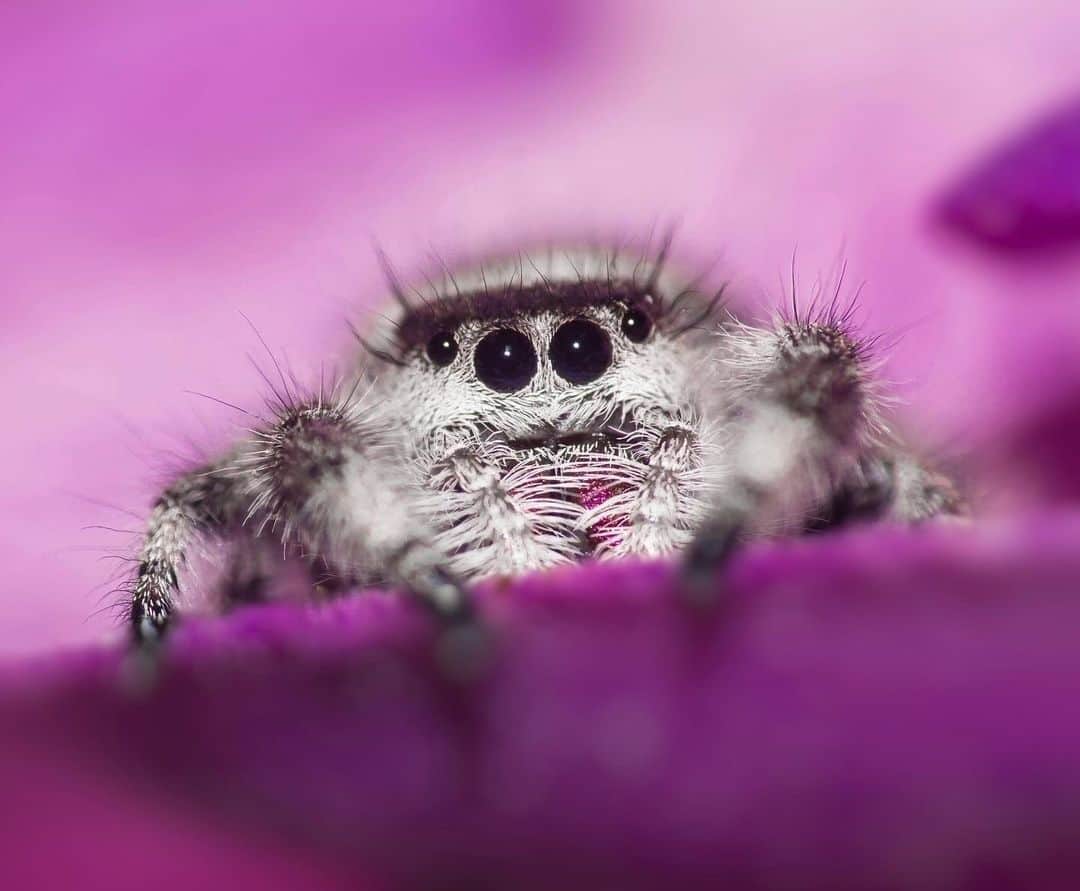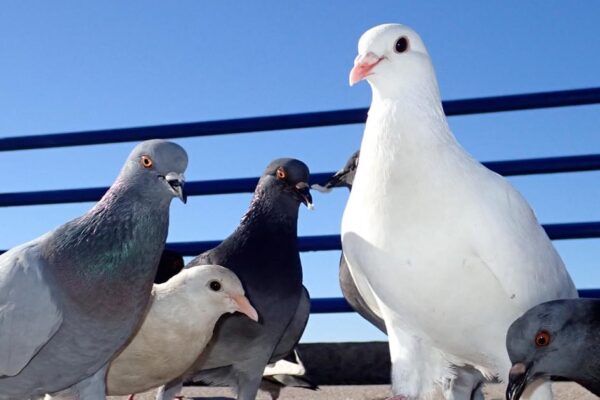From the bustling cityscapes to the quiet countryside, mice, with their nimble feet and curious eyes, have nestled themselves into the fabric of our world. While often perceived as pests, these fascinating creatures possess remarkable adaptability and complex social behaviors. But beyond their biology lies a hidden layer of intrigue – the language used to describe groups of these elusive creatures. Let’s delve into the world of mice, exploring the diverse collective nouns used to describe their gatherings and the captivating aspects that continue to spark our curiosity.
Collective Nouns for Mice
Unlike some animals with singular collective nouns, mice boast a diverse vocabulary, each term reflecting the specific context and behavior of the group:
- Mischief: This playful term, often associated with their troublesome nature, describes a group of mice causing disruption or stirring up trouble. It evokes a sense of playful chaos, highlighting their mischievous tendencies and their knack for getting into unexpected situations.
Example: As the first rays of dawn painted the kitchen golden, the homeowner discovered the aftermath of a mischief of mice. Flour dusted the counters, crumbs lay scattered across the floor, and empty wrappers bore witness to their nocturnal culinary endeavors.
- Nest: This term signifies a group of mice living together in a single, communal dwelling. It evokes a sense of family, shared space, and the nurturing environment they create for their young.
Example: Tucked away beneath the floorboards, a nest of mice huddled together for warmth. The tiny pinkies, nestled against their mother, chirped softly, a testament to the enduring bond within this miniature family unit.
- Horde: This term, often associated with large numbers, describes a massive group of mice working together towards a common goal. It evokes a sense of collective effort, coordinated movement, and the sheer abundance of these adaptable creatures.
Example: Driven by a primal urge for survival, a horde of mice swarmed the overflowing grain silo. Their tiny bodies, propelled by an insatiable hunger, moved in unison, a testament to their remarkable ability to cooperate and exploit available resources.
- Pack: While less common than other collective nouns, “pack” can be used to describe a group of mice traveling together, particularly when seeking new food sources or establishing new territories. It evokes a sense of purpose, shared direction, and the social dynamics inherent within their small communities.
Example: Guided by their keen sense of smell, a pack of mice ventured beyond the familiar confines of the barn, their whiskers twitching with curiosity as they explored the uncharted territory in search of a new home.
- Plague: This term, historically associated with devastation, describes a large and destructive population of mice, often causing significant damage to crops and property. It evokes a sense of overwhelming abundance and the potential ecological disruption these creatures can cause in specific circumstances.
Example: Farmers throughout the region watched in despair as a plague of mice descended upon their fields, their relentless gnawing leaving behind a trail of destruction, highlighting the delicate balance within ecosystems and the potential consequences of environmental disruption.
Interesting Facts About Mice
Understanding these collective nouns enriches our vocabulary and adds a deeper layer of appreciation for the diverse behaviors and complexities of mice. But venturing deeper reveals their remarkable biological adaptations, ecological significance, and the challenges they face:
Masters of Adaptation: Mice possess exceptional adaptability, allowing them to thrive in diverse environments, from bustling cities to rural landscapes. Their keen senses, small size, and rapid reproduction rate enable them to exploit available resources and establish themselves in various ecological niches.
Ecological Engineers: While often perceived as pests, mice play a vital role in ecosystem functioning. Through their burrowing activities, they aerate the soil, promote seed dispersal, and contribute to nutrient cycling. They also serve as a vital food source for various predators, maintaining a delicate balance within the food web.
Facing Threats: Habitat loss, predation, and the use of pesticides pose significant threats to mouse populations. Understanding these challenges and supporting responsible agricultural practices, sustainable development initiatives, and the humane control of pest populations are crucial for ensuring their continued existence.
A Source of Curiosity and Inspiration: From the ancient Egyptians who revered them as symbols of rebirth to modern scientists studying their intelligence and adaptability, mice have captivated the human imagination for millennia. They continue to inspire artists, writers, and scientists, reminding us of the wonders and complexities of the natural world.
Final Thoughts
From the playful “mischief” causing havoc in the kitchen to the resilient “horde” adapting to changing environments, the diverse collective nouns for mice offer a glimpse into their multifaceted nature and ecological importance.
Also Read:





